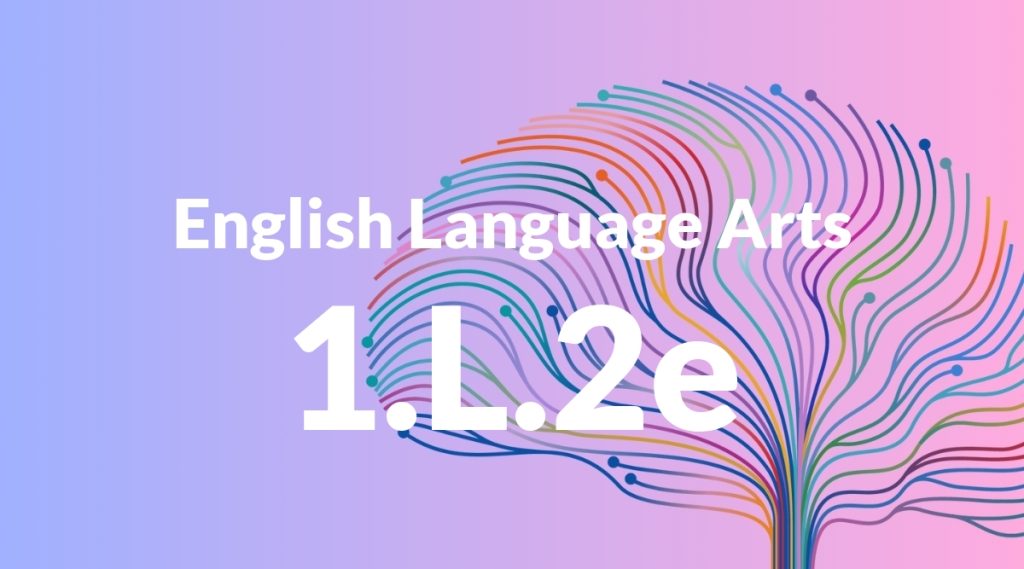Standard: 1.L.2e – Spell untaught words phonetically, drawing on phonemic awareness and spelling conventions.
Grade level: Grade 1
Subject: English Language Arts
Domain: Language
Teacher Overview
This standard focuses on helping students use their understanding of phonemic awareness to spell words they have not been explicitly taught. It is important because it encourages students to apply their knowledge of sounds and spelling conventions to new situations, fostering independence and confidence in their writing. Students need to have a foundational understanding of letter-sound relationships and be able to identify and produce the sounds of most letters in the alphabet.
After mastering this standard, students will be able to spell more complex words accurately, understand various spelling patterns, and enhance their overall writing skills.
Common Misconception 1
A common misconception is that there is only one correct way to spell a word. This is incorrect because, at this stage, students are encouraged to use phonetic spelling, which means spelling words as they sound.
Intervention 1
To address this misconception, teachers can reinforce the idea that phonetic spelling is a valuable step in learning to spell and celebrate students’ attempts to spell words based on their sounds.
Common Misconception 2
Another misconception is that spelling rules do not change. Students may think that once they learn a spelling rule, it applies to all words. This is incorrect because English spelling rules have exceptions.
Intervention 2
Teachers can gradually introduce new spelling rules and provide ample practice with words that follow these rules, helping students understand that spelling can evolve as they learn more about language.
Prerequisite Knowledge
Students should have a basic understanding of letter-sound relationships and be able to recognize and produce the sounds of most letters in the alphabet.
Subsequent Knowledge
Students will develop the ability to spell more complex words accurately, understand spelling patterns, and improve their overall writing skills.
Instructional Activities
- Create a phonetic spelling dictionary
- Label classroom objects with phonetic spellings
- Write short stories using invented spelling
- Engage in spelling games focusing on phonetic patterns
- Practice spelling during interactive read-aloud sessions




